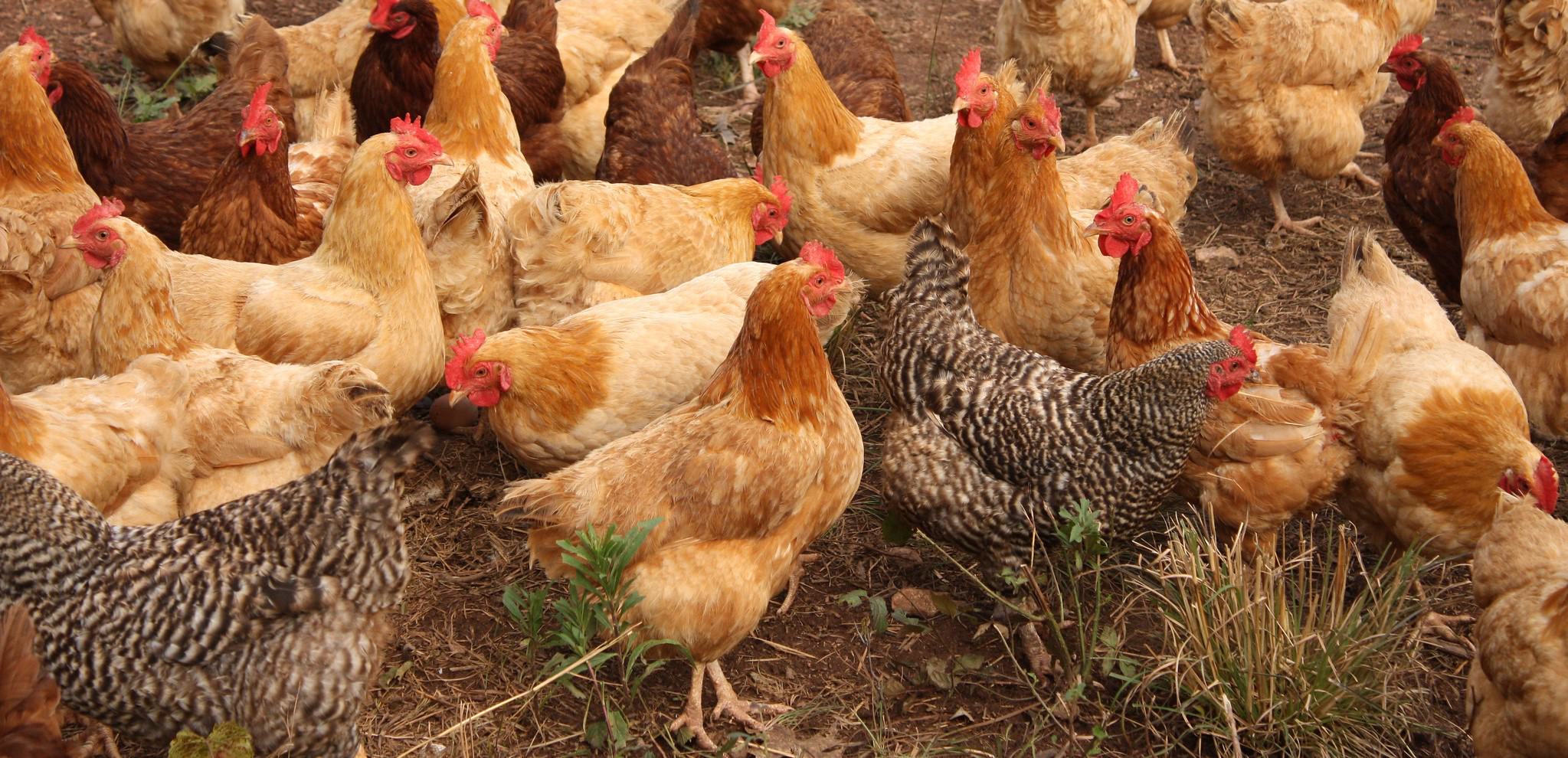While the highly pathogenic avian influenza (HPAI) has not yet been detected in Alabama, there has been confirmation in recent days in wild ducks in North Carolina and South Carolina. Professionals with the Alabama Cooperative Extension Service warn that the bird disease can be brought into Alabama rapidly by migratory birds.
Ken Macklin is a Poultry Science Professor at Auburn University.
Macklin said that even though the wild ducks were part of the Atlantic Flyway, and only part of Alabama is in that flyway, there is still a substantial risk to poultry producers in the state.
Small farmers and landowners with backyard poultry flocks face the greatest risk of exposure.
“These birds may be flying overhead as you read this, meaning the disease may already be here,” said Macklin. “Following good biosecurity is the most effective way to prevent the disease from spreading into your poultry.”
The Cooperative Extension Service said that commercial poultry producers in Alabama, and throughout the southeast, have already increased their level of biosecurity. This increased security includes being extra cautious with visitors, wearing extra shoe covers and increasing sanitizing of shoes, just to name a few things.
“Backyard poultry producers must also increase their biosecurity diligence because, unlike commercial poultry, most backyard poultry are housed outside where the chance of being exposed to this virus is high,” Macklin said.
This increased biosecurity provides a measure of protection to not only the poultry producer but also to neighbors that have poultry by not spreading the disease. The following is some basic advice to protect poultry flocks:
Heightened biosecurity procedures include:
Isolate birds from potential disease carriers by making the coop and its surrounding area unappealing to wild birds.
Minimize visitor traffic near the chicken coop, as they may have stepped in something carrying the virus.
Sanitize anything and everything entering the coop.
Recognize when the birds are acting sick. In the case of avian influenza, the birds will be extremely sick.
The Extension Service said that whether a farmer is raising 5, 50, 500 or 50,000+ chickens, preparing and following a good biosecurity program is important for maintaining the health and well-being of a poultry flock. If properly implemented, there is a good chance that a disease outbreak will not affect the flocks that have a good biosecurity program.
Infected waterfowl can shed the virus in secretions from the mouth, nostrils and eyes. They can also excrete the virus in their droppings. Contact with contaminated droppings is the most common means of bird-to-bird transmission. However, airborne secretions are another means of transmission, especially within poultry houses.
People can often trace the spread of avian influenza between poultry facilities to the movement of infected birds or contaminated people and equipment, including clothing, boots and vehicles. If a grower suspects that their chickens are sick, they should contact their veterinarian, state diagnostic lab or a qualified expert, and get a diagnosis if possible.
Chicken, eggs, and other poultry products remain safe to eat for now. Infected flocks do not enter the human food chain. When a person identifies avian influenza in a flock, they euthanize the chickens and dispose of their remains, usually on the farm.
The Alabama Extension offers more details about backyard poultry biosecurity in the publication Biosecurity for Backyard Poultry Flocks here.
Also, more information about avian influenza is available in the publication Avian Influenza FAQ.
Poultry in Alabama generates more than $15 billion in revenue each year. It accounts for 65.6% of annual farming revenue in the state of Alabama and employs more than 86,000 workers on farms and in processing plants and allied industries.
To connect with the author of this story, or to comment, email brandon.moseley@1819News.com.










